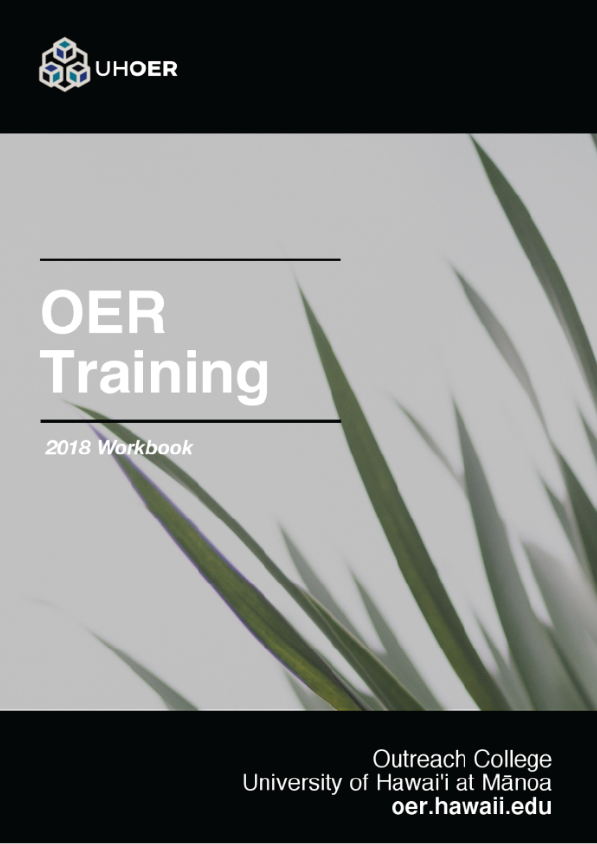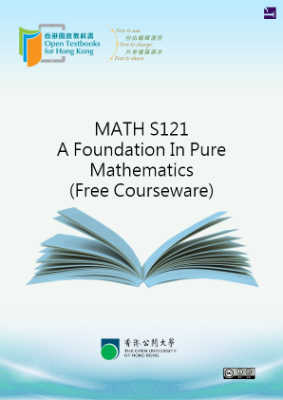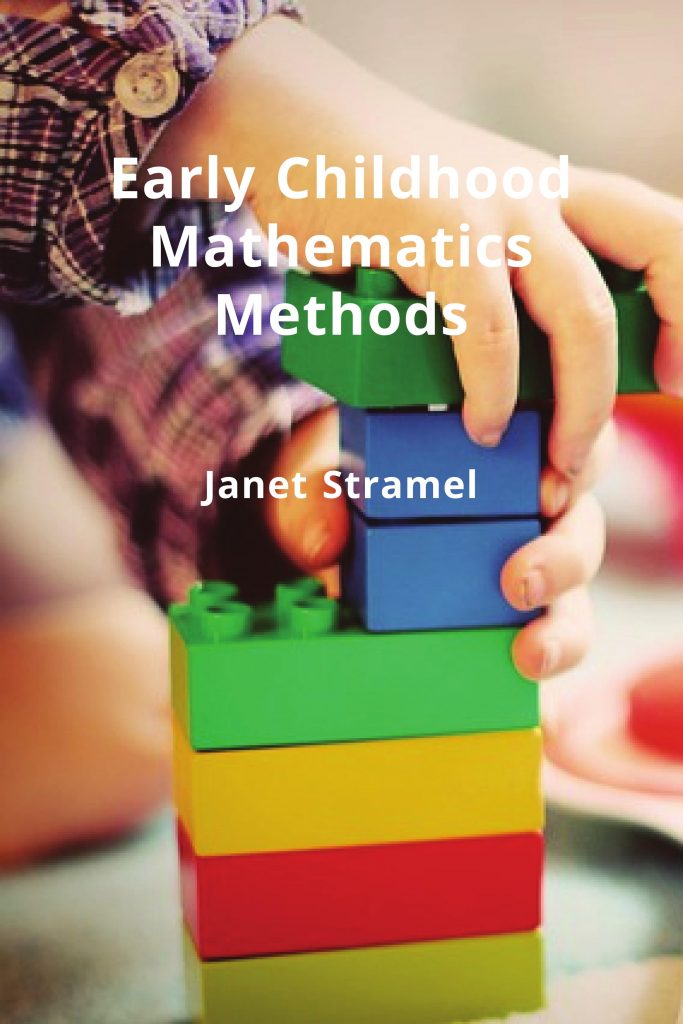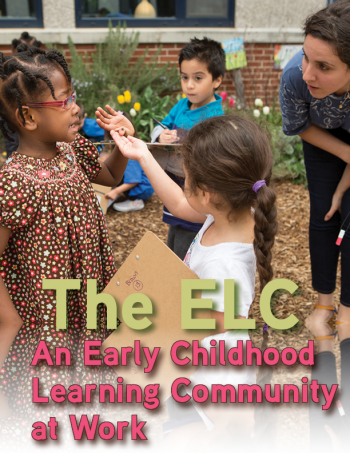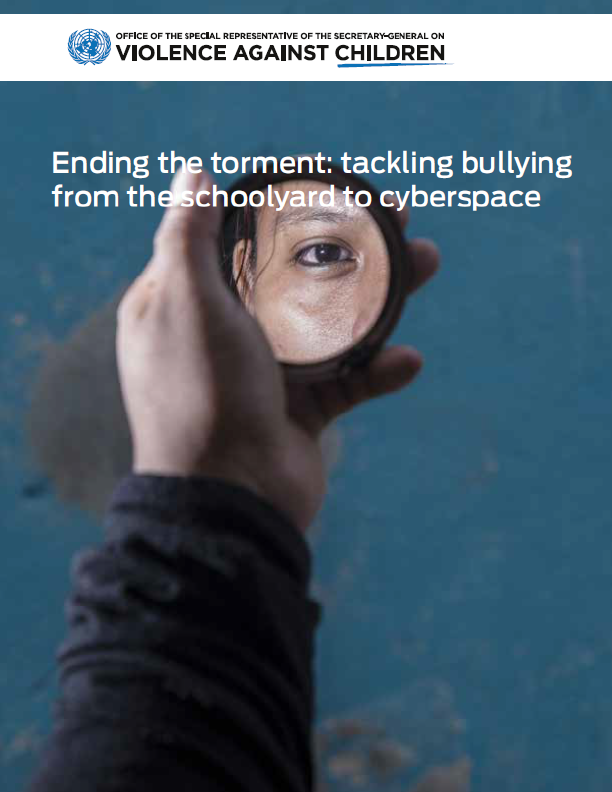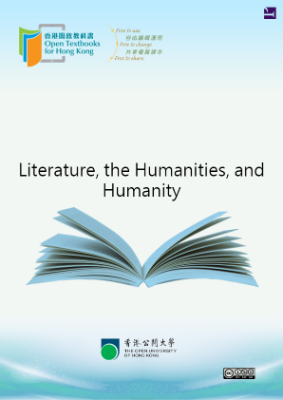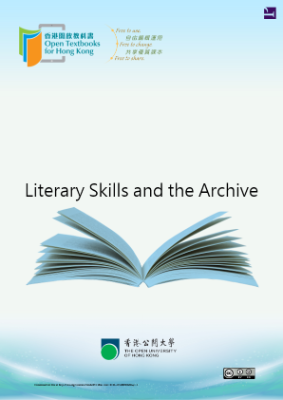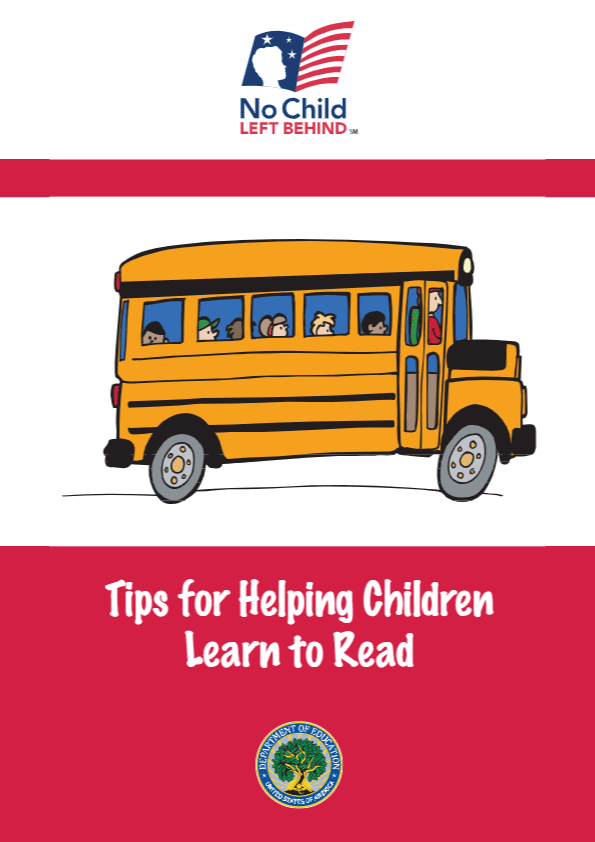Open Educational Resources (OER) are any learning, teaching, or research resources that are both free of cost and come with reuse rights. This includes a wide variety of resources such as textbooks, full courses, journal articles, datasets, and interactive learning content. OER are separated from other “free” content by the reuse rights that have been granted through an open copyright license such as Creative Commons (CC). With these rights, or permissions, we are able to adapt OER content for various contexts without worrying that we are running afoul of copyright law. Without an open license, free content is probably not OER.
A long-time philanthropic supporter of the Open Education movement, the Hewlett Foundation’s definition of OER is widely referenced around the globe: Open Educational Resources are teaching, learning, and research resources that reside in the public domain or have been released under an intellectual property license that permits their free use and repurposing by others. OER include full courses, course materials, modules, textbooks, streaming videos, tests, software, and any other tools, materials, or techniques used to support access to knowledge.
Introduction Open Educational Resources (OER) offer a number of advantages to closed or fully-copyrighted content, but each person will find their own reason for adopting or promoting OER use. The two primary motivators for the UH OER initiative are:
- to save students money on course materials, and
- to facilitate academic innovation There are many factors at play when discussing these reasons, so we will begin to unpack them below. The hope here is that you will be able to discuss various motivations behind OER with a sense of depth beyond the basic argument — which is more likely to lead to action.
Cost Savings Quite possibly the easiest motivating factor to understand is the cost savings associated with switching to an OER text. With textbook and homework codes for a single course reaching $300-400 per student, significant cost savings can be achieved with the adoption an OER textbook.
Academic Innovation OER come with a set of permissions that allow instructors to engage with content in unique and valuable ways which are not allowed with traditional content. From simple things such as correcting typos or grammatical errors to more involved activities like updating the content with the latest research, OER allow faculty to have full control over the material. This shift in the relationship between faculty and content takes time and careful guidance, but here are some of the interesting and innovative ways OER is already being used at UH:
- Localizing content with relevant local or regional examples
- Reorganizing and aligning OER content with an existing course structure
- Working with students in the upkeep and growth of the OER
- Incorporating practice or assessment items directly into the content Remember, the above are things that OER enable based on their reuse rights — if there is no open license, we are very limited in what we are allowed to do.
Open licenses such as Creative Commons (CC) support knowledge sharing and collaboration by granting copyright permissions in an easy-to-understand, interoperable way. Without open licenses, a great deal of time and resources would be required to create oneoff copyright agreements between creators and those would wish to collaborate or build on existing work. CC licenses were created to make it easy for anyone to grant copyright permissions broadly, for others to use without having to ask each time. Open licenses help grease the gears of collaboration by making it clear what you can and cannot do with the creative work of others.
